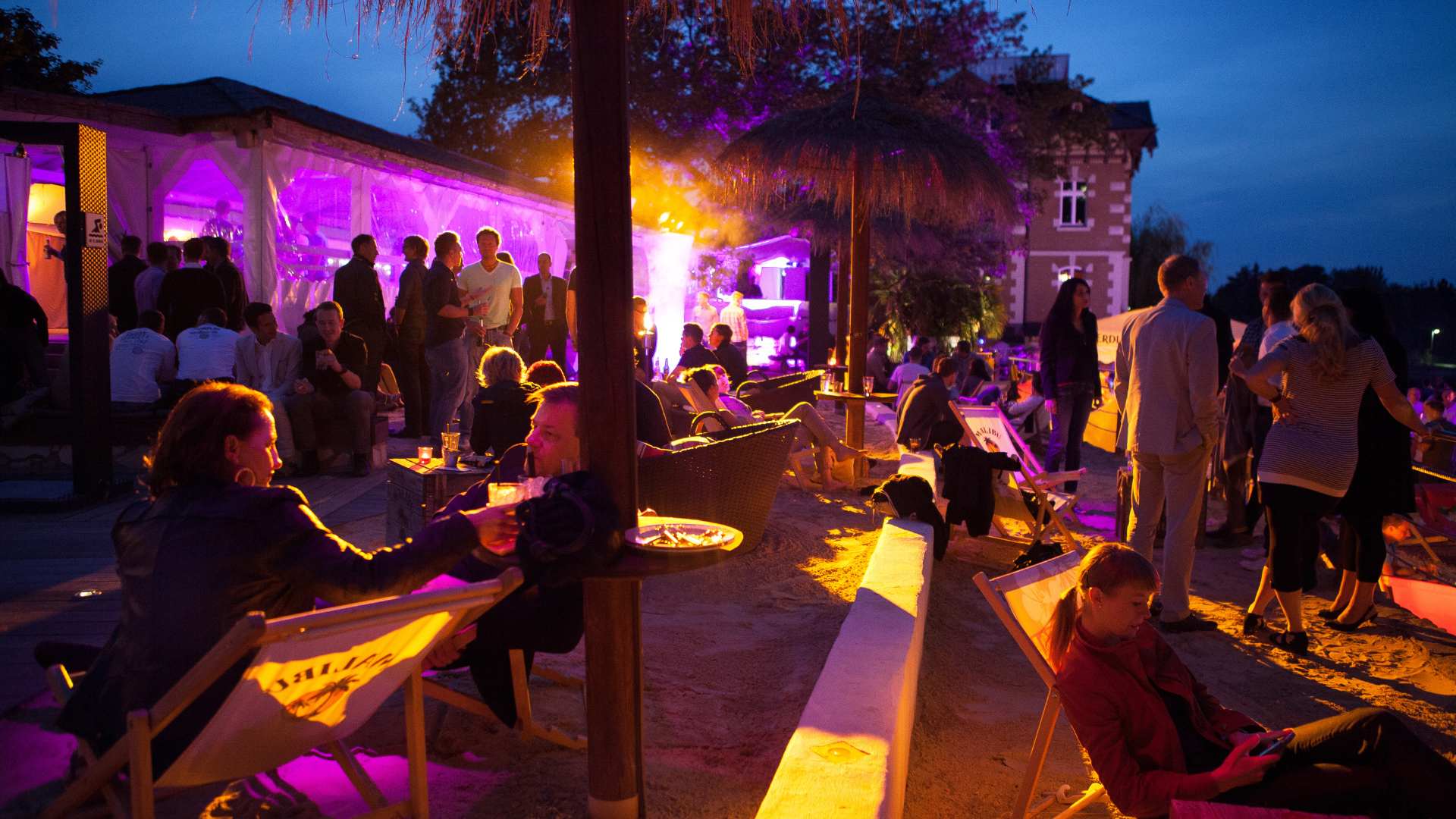Content
The Key Differences in Spatial Analytical Data Collection: Indoor Events vs. Outdoor Events

Spatial analytics has become an invaluable tool for event organisers seeking to understand visitor behaviour and improve event experiences. While the principles of data collection remain consistent, setting up spatial analytical data collection systems at indoor events, such as trade shows, and outdoor events, like festivals, present unique challenges and opportunities. This blog post will explore the key differences between these two settings, focusing on power requirements, sensor capabilities, and the ability to monitor visitor touchpoints.
Indoor venues typically provide mains power outlets, facilitating sensors that rely on continuous power supply. This allows for more sophisticated and resource-intensive data collection methods, such as high-resolution cameras or advanced tracking systems. Organisers can connect sensors directly to the mains power supply, ensuring uninterrupted operation throughout the event.
Outdoor events often lack access to reliable mains power sources, necessitating battery-powered sensors to collect spatial analytics data. Battery-powered sensors offer greater flexibility and mobility, as they can be strategically placed without power cables. However, they may have data transmission and processing capacity limitations due to power constraints.
Indoor and outdoor events differ in sensor capabilities. Indoor venues often offer fewer variables to make it easier to implement precise sensor technologies. Infrared sensors, Wi-Fi tracking, Bluetooth beacons, and Bluetooth beacons can monitor visitor movements in a confined space. This allows organisers to create a curated experience and monitor touchpoints, enabling real-time adjustments to optimise visitor flow and engagement.
On the other hand, outdoor events present unique challenges due to their open and expansive nature. Battery-powered sensors, such as GPS trackers, RFID tags, or low-power wireless networks, are often used in outdoor settings to gather data on visitor behaviour. These sensors can measure crowd density, traffic flow, and popular attractions. While the granularity of data may be lower compared to indoor events, the advantage lies in capturing visitor movements across a wider area, providing insights into popular areas, potential bottlenecks, and overall event flow.
The nature of indoor and outdoor events affects the ability to monitor visitor touchpoints throughout the event. In curated indoor settings, organisers have greater control over the visitor experience. They can implement spatial analytics techniques to monitor interactions at touchpoints such as booth visits, product demonstrations, and networking areas. This enables event organisers to assess the effectiveness of specific elements and make data-driven decisions, enhancing attendee satisfaction and engagement.
Conversely, outdoor events often offer a more fluid and unmonitored experience. Once visitors purchase tickets, they can navigate the festival grounds at their leisure. Spatial analytics techniques become essential for capturing visitor movements and interactions that would otherwise go untracked. By deploying sensors strategically across the event space, organisers can gain valuable insights into popular attractions, traffic patterns, and overall visitor behaviour. This information can be leveraged to optimise event layout, enhance crowd management, and improve the overall attendee experience.
Setting up spatial analytical data collection systems for indoor and outdoor events requires careful consideration of various factors. While indoor events offer the advantage of mains power supply and the ability to monitor curated visitor touchpoints, outdoor events demand the use of battery-powered sensors and present unique challenges in tracking visitor movements across expansive areas. By leveraging the appropriate sensor technologies and data collection methods, event organisers can gain valuable insights to optimise event experiences, improve crowd management, and make data-driven decisions.
Contact us
Ready to Transform Your Space
"*" indicates required fields


